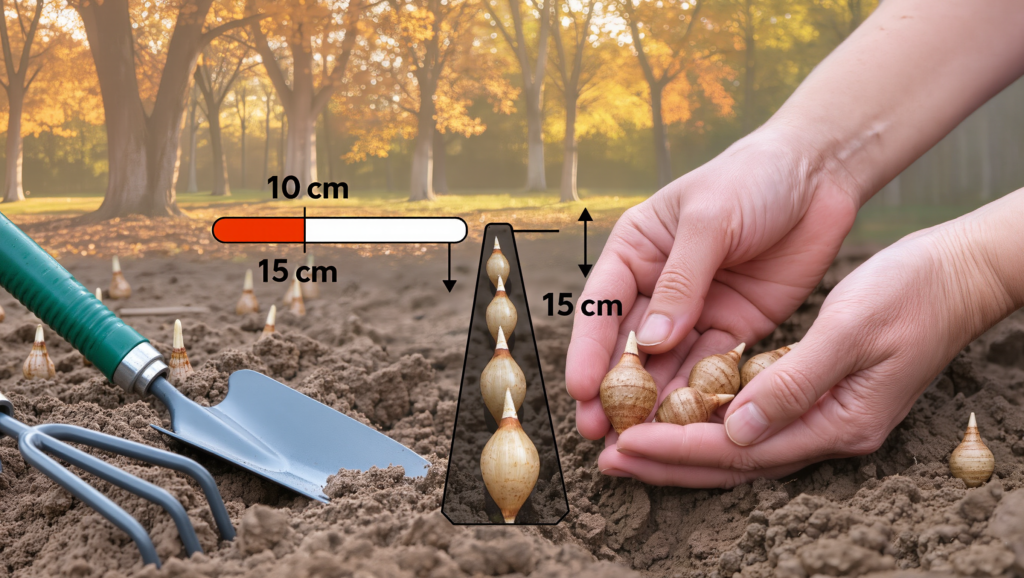If you’ve spent years nurturing your plants with pricey fertilizers but your garden still isn’t thriving, you might be missing the real secret to garden success: Your soil’s pH, not fertilizer, is the make-or-break factor! While nutrients are vital, the chemistry of your soil decides if those nutrients ever reach a plant’s roots. Wondering how a simple number can turbocharge (or torpedo) your gardening dreams? Let’s dig deep into the science of soil pH, why it outranks fertilizer, and exactly how to test and tune your ground for the best blooms and harvests ever.
Why Soil pH Matters More Than Fertilizer
The Basics: What Is Soil pH?
Soil pH measures how acidic or alkaline your soil is, on a scale from 0 (extremely acidic) to 14 (extremely alkaline), with 7 being neutral. Most garden plants and edible crops thrive in a “sweet spot” of 6.0–7.0, but even a small shift can make the difference between lush growth and limp leaves.
Nutrient “Lock-Up”: The Invisible Problem
You can add all the fertilizer you want, but plants can’t use nutrients if the soil pH is off. Here’s why:
- In acidic soils (low pH), essential nutrients like phosphorus, calcium, and magnesium are locked up and unavailable. Toxic metals like aluminum may also become soluble, stunting roots and hampering water absorption.
- In alkaline soils (high pH), iron, manganese, copper, and zinc become inaccessible, leading to yellow leaves (chlorosis) and stunted growth. Certain microbes that help break down organic matter also go dormant or disappear.
The upshot? Wrong pH wastes fertilizer dollars—and risks compounding nutrient imbalances when plants can’t absorb what’s present.
What Happens When Soil pH Is Off?
Research finds that soil pH affects:
- Root Growth: Extreme acidity (below pH 5.5) increases uptake of toxins (like aluminum), reduces root growth, and drastically slashes nutrient uptake.
- Microbial Life: Fungi and bacteria responsible for soil “life” and nutrient cycling have pH comfort zones. Outside this range, communities shrink, diversity drops, and soil fertility plummets.
- Nutrient Uptake: Each nutrient is only available to plants in certain pH ranges. For instance,
- Phosphorus is most available between 6.0–7.5.
- Nitrogen & potassium become less available as pH drops.
- Iron is only available below 7.0 (which is why blueberries need acid soils and pin oaks go yellow in alkaline conditions).
Real World Proof Of Why Soil pH Trumps Fertilizer:
Consider this classic scenario:
- A gardener’s soil is too acidic (pH 5.0). She applies a phosphorus-rich fertilizer. The phosphorus will stay locked in the soil, unavailable to her plants—while she scratches her head over stunted growth and yellowing leaves.
- Another gardener adds iron chelate to roses in alkaline soil (pH 8.0). Chlorosis remains because at this pH, the plant simply can’t take up the iron.
No amount of fertilizer can fix what pH throws off—until you balance the soil.
How to Test Your Soil’s pH (Yes, You Can!)
Testing is easier than most people think:
- Home pH kits or electronic meters are widely available and give a good ballpark number.
- The slurry method: Mix equal parts soil and distilled water, let it sit, then use a test strip or meter. Field direct-insert meters work too—just keep the moisture in mind for accuracy.
- Many local ag extension offices or garden centers offer low-cost (sometimes free) pH testing and may provide additional mineral analysis.
How to Adjust Your Soil’s pH: And Make Your Garden Thrive
If Soil Is Too Acidic (pH < 6.0):
- Add lime (calcium carbonate) to raise pH. Apply at the rates recommended by your test results; overdoing it can cause swings.
- Add pH-neutral compost. Organic matter slowly buffers and raises pH when added each season.
- Grow acid-loving crops: Blueberries, azaleas, rhododendrons, and hydrangeas love acidic soils.
If Soil Is Too Alkaline (pH > 7.5):
- Add elemental sulfur or sphagnum peat moss to lower pH. Amendments need time to work—plan ahead by treating in the fall for spring planting.
- Use acidifying fertilizers (like ammonium sulfate), but sparingly.
- Grow alkaline-tolerant plants: Lavender, salvia, lilacs, or beets thrive in higher pH.
Compost & Mulch Trick
Quality organic compost helps buffer and moderate pH, especially if refreshed annually. This fosters beneficial microbes to keep your soil naturally balanced.
Combining Fertilizer and pH Adjustment: When They Work Together
Once your soil’s pH is in the sweet spot (usually 6–7 for most veggies and ornamentals), the fertilizer actually works! Balanced pH:
- Unlocks nutrients already in the ground.
- Maximizes return on any added fertilizer.
- Encourages a healthy, resilient soil microbiome that builds fertility organically.
The Bottom Line: Soil pH Is the Unsung Gardening Hero
If your plants are underperforming, test your soil pH before dumping on more fertilizer. Adjust it as needed—then consider organic matter, nutrition, and watering practices. With the right pH, your garden absorbs nutrients efficiently, roots grow deep and strong, and your fertilizer dollar finally pays off. And if you’re an organic grower? Even better—get the pH right, and nature does most of the heavy lifting.
For a thriving garden, remember: the first step to success isn’t a bag of miracle fertilizer—it’s mastering your soil’s chemistry, one pH pointoint at a time!
Did you find this article helpful? Support us by following us on our social media for more content on natural health and wellness:: Youtube, Instagram, Facebook, Pinterest, Twitter (X)






